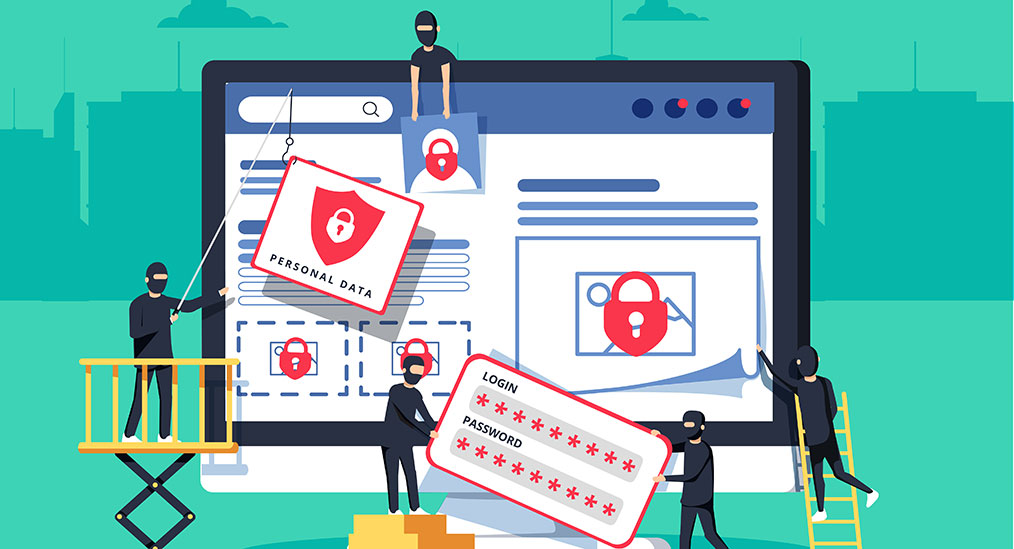
Report Finds Over 75 Percent of IT Breaches are Motivated by Money
A report by Verizon has found that 76 percent of breaches are financially motivated, and 68 percent of those breaches took months or longer to discover.
- By Sydny Shepard
- May 17, 2018
A report by Verizon has found that 76 percent of breaches are financially motivated, and 68 percent of those breaches took months or longer to discover.
The 11th edition of Verizon's 2018 Data Breach Investigations Report has found has analyzed security breaches and incidents and provided insights usually not available in any other reports so far. The study confirms the widely-held belief that using stolen or compromised credentials are the most common approach hackers use to attack and breach systems.
The report says there has been 53,000 incidents and 2,216 confirmed data breaches this year. They define a breach as an incident that results in a confirmed disclosure of data by an unauthorized actor, while incidents are a security event that compromises the integrity, confidentiality or availability of an information asset.
There are a few key takeways from the report. The first is: Organized crime organizations complete 62 percent of external actor-based breaches, and system admins are the top internal actors responsible for breaches 25.9 percent of the time.
The report highlights databases as the top asset involved in breaches (19.6 percent), followed by POS terminals (15.8 percent), POS controllers (15.8 percent) and Web apps (13.7 percent). The wide variety of assets involved in breaches underscores how important it is to implement a Zero Trust Security approach across an enterprise and each of its endpoints.
The last key takeway from the report is that phishing and pretexting represents 93 percent of social attack-based breaches. Email continues to be the most common vector for launching social attacks, with 99 percent of the actors being external to organizations. Fifty-nine percent of phishing and pretexting attacks are motivated by financial gain, with an additional 38 percent motivated by corporate espionage.
About the Author
Sydny Shepard is the Executive Editor of Campus Security & Life Safety.